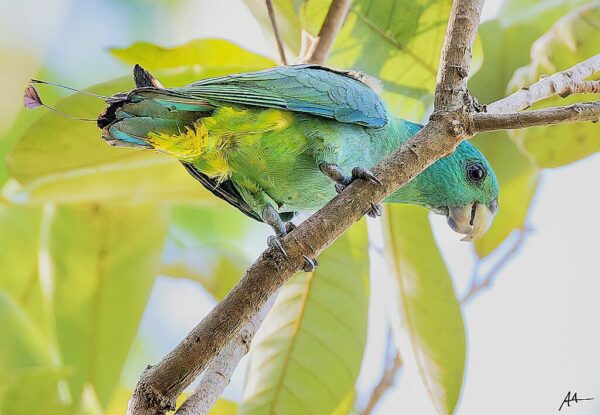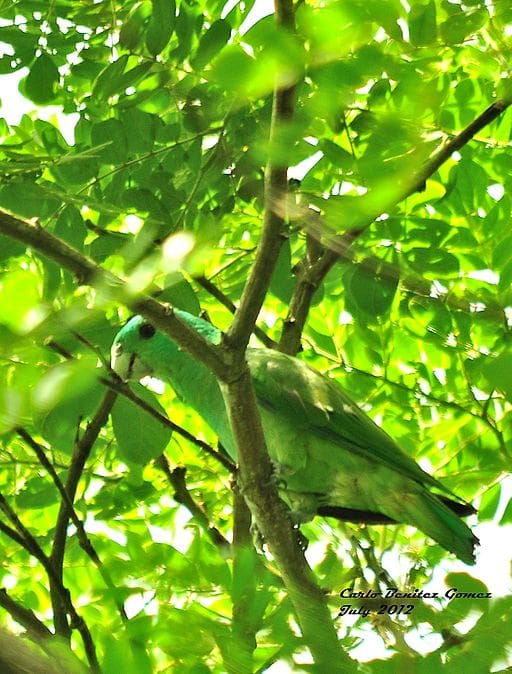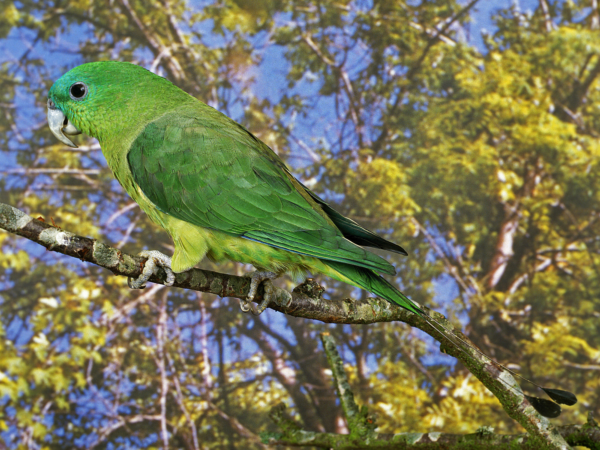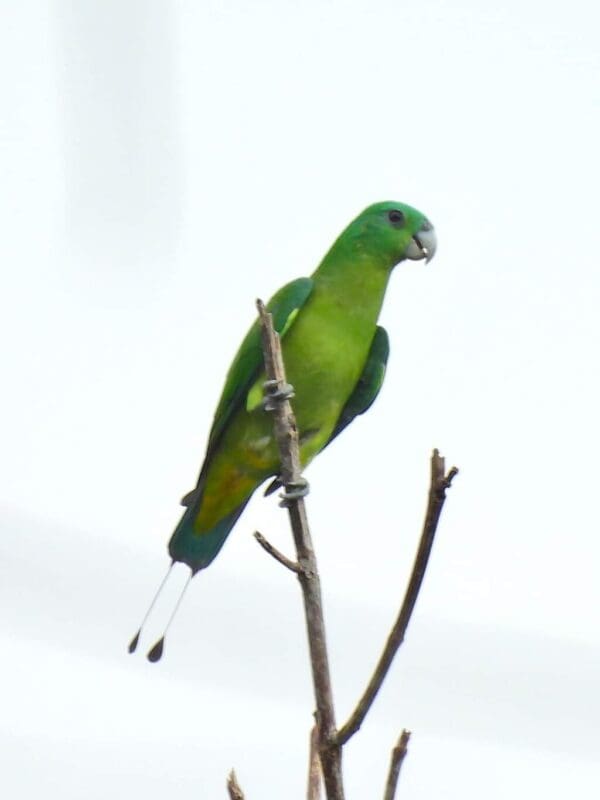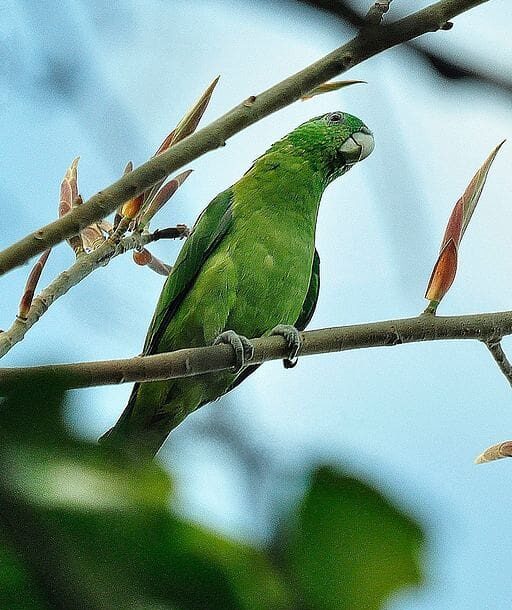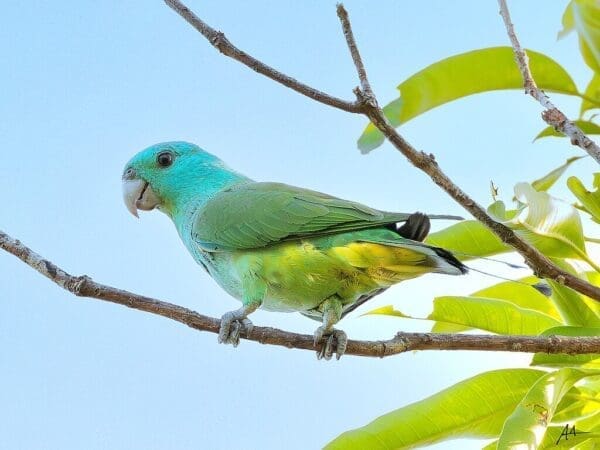Blue-headed Racquet-tailed Parrot
Also known as:
Blue-headed Racquet-tail, Palawan Racquet-tail
Also known as:
Blue-headed Racquet-tail, Palawan Racquet-tail

![© Rackk67 (Own work) [CC BY-SA 3.0] via Wikimedia Commons A wild Blue-headed Racquet-tailed Parrot perches in a tree](https://gt2024.parrots.org/wp-content/uploads/2023/01/wpt_Blue-headed-Racquet-tailed-Parrot_1153-1-100x100.jpg)
![© Rackk67 (Own work) [CC BY-SA 3.0] via Wikimedia Commons A wild Blue-headed Racquet-tailed Parrot perches in a tree](https://gt2024.parrots.org/wp-content/uploads/2023/01/wpt_Blue-headed-Racquet-tailed-Parrot_1153-100x100.jpg)
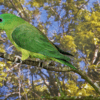
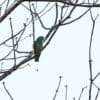

![© Rackk67 [CC BY-SA 3.0] via Wikimedia Commons A wild Blue-headed Racquet-tailed Parrot perches on a branch](https://gt2024.parrots.org/wp-content/uploads/2023/01/wpt_Blue-headed-Racquet-tailed-Parrot_1153-2-e1731360678834-100x100.jpg)
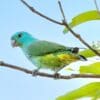
DID YOU KNOW?
Little is known of the habits and life of most of the Racquet-tail parrot group.

Prioniturus

platenae
Size:
28 cm (10.9 in)
Weight:
Not recorded.
Subspecies including nominate:
one
Colour Adult:
Both adults: olive/green body, belly more yellow; head blue, less so in female; centre tail feathers green, “racquets” black tinged with green, outside tail feathers blue/green tipped with black. Beak blue/grey. Eye brown.
Colour Juvenile:
Not recorded.
Call:
Squeaky sounds and harsh, rasping notes similar to that of other Prioniturus spp.
Xeno-canto Wildlife Sounds-Blue-headed Racquet-tailed Parrot
More Information:
Content Sources:
CITES
BirdLife International
Cornell Lab of Ornithology/Birds of the World
A Guide to Parrots of the World, Juniper and Parr, 1998
Parrots: Status Survey and Conservation Plan 2000-2004, Snyder, McGowan, Gilardi and Grajal, 2000.
Parrots of the World, Forshaw and Cooper, 1989.
Parrots of the World, Forshaw, 2006.
Captive Status:
Not found in captivity.
Longevity:
—
Housing:
—
Diet:
—
Enrichment:
—
Nest Box Size:
—
Clutch Size:
Possibly 1-2.
Fledging Age:
—
Hatch Weight:
—
Peak Weight:
—
Weaning Weight:
—
World Population:
2500-10,000 individuals, declining rapidly.
IUCN Red List Status:
Vulnerable
CITES Listing:
Appendix II
Threat Summary:
The lack of sightings of this bird shows that it is generally uncommon and declining. Affected by severe forest destruction and fragmentation, as well as some trapping for bird trade.
Range:
Found in the western Philippine Islands.
Habitat:
Found in lowland forest and secondary growth, mangroves and reminant trees in cultivated areas.
Wild Diet:
Not known, however some evidence of fruits and nuts from one specimen.
Ecology and Behaviour:
Little known. Seen singly, in pairs or in small groups; noisy and conspicuous in flight; quiet while feeding. Behaviour thought to be similar to other Racquet-tails.
Clutch and Egg Size:
Possibly 1-2, rounded eggs, 31.5 x 26 mm (1.2 x 1.0 in)
Breeding Season:
Immature birds noted in January and August. Nest is likely a cavity in a large tree.
Related Links:
—
